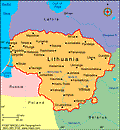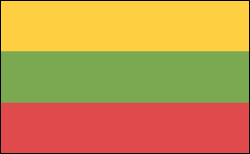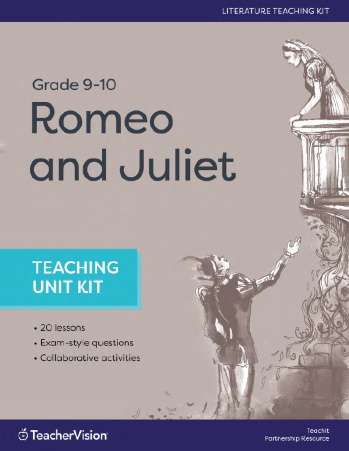GeographyLithuania is situated on the eastern shore of the Baltic Sea and borders Latvia on the north, Belarus on the east and south, and Poland and the Kaliningrad region of Russia on the southwest. It is a country of gently rolling hills, many forests, rivers and streams, and lakes. Its principal natural resource is agricultural land. GovernmentParliamentary democracy. HistoryThe Liths, or Lithuanians, united in the 12th century under the rule of Mindaugas, who became king in 1251. Through marriage, one of the later Lithuanian rulers became the king of Poland (Ladislaus II) in 1386, uniting the countries. In 1410, the Poles and Lithuanians defeated the powerful Teutonic Knights at Tannenberg. From the 14th to the 16th century, Poland and Lithuania made up one of medieval Europe's largest empires, stretching from the Black Sea almost to Moscow. The two countries formed a confederation for almost 200 years, and in 1569 they formally united. Russia, Prussia, and Austria partitioned Poland in 1772, 1792, and 1795. As a consequence, Lithuania came under Russian rule after the last partition. Russia attempted to immerse Lithuania in Russian culture and language, but anti-Russian sentiment continued to grow. Following World War I and the collapse of Russia, Lithuania declared independence (1918), under German protection. The republic was then annexed by the Soviet Union in 1940. From June 1941 to 1944, it was occupied by German troops, with whom Lithuania served in World War II. Some 240,000 Jews were massacred in Lithuania during the Nazi years. In 1944, the Soviets again annexed Lithuania. The Lithuanian independence movement reemerged in 1988. In 1990, Vytautas Landsbergis, the non-Communist head of the largest Lithuanian popular movement (Sajudis), was elected president. On the same day, the Supreme Council rejected Soviet rule and declared the restoration of Lithuania's independence, the first Baltic republic to take this action. Confrontation with the Soviet Union ensued along with economic sanctions, but they were lifted after both sides agreed to a face-saving compromise. Lithuania Embarks on Independence and DemocracyLithuania's independence was quickly recognized by major European and other nations, including the United States. The Soviet Union finally recognized the independence of the Baltic states on Sept. 6, 1991. UN admittance followed on Sept. 17, 1991. Successful implementation of structural and legislative reforms in Lithuania attracted greater direct foreign investments by the mid-1990s. In late 2002, Lithuania was accepted for membership in the EU and NATO, and it joined both in 2004. In Jan. 2003 Rolandas Paksas defeated the incumbent, Valdas Adamkus, in the presidential election. It was a surprising upset, given that Adamkus had helped bring about his country's entry into NATO and the European Union. In April 2004, President Paksas was removed from office after his conviction for dealings with Russian mobsters. It was Lithuania's worst political crisis since independence from the Soviet Union. In July 2004, Valdas Adamkus was again elected president. On Oct. 12, 2008, in parliamentary elections turnout was 48.5%. The Homeland Union-Lithuanian Christian Democrats won 19.7% of the vote (18 of 70 seats). The National Revival Party came in second with 15.1% (13) of the vote, and the Order and Justice was third with 12.7% (11) of the vote. | ||||
Lithuania
Lithuania voted for independence from the Soviet Union on February 9, 1991. Read this country profile to learn more about the geography, government, and history of Lithuania.
Subjects:
Infoplease
Provided by Infoplease—an authoritative, comprehensive reference website that offers an encyclopedia, a dictionary, an atlas, and several almanacs. Visit Infoplease.com to find more resources endorsed by teachers and librarians.








